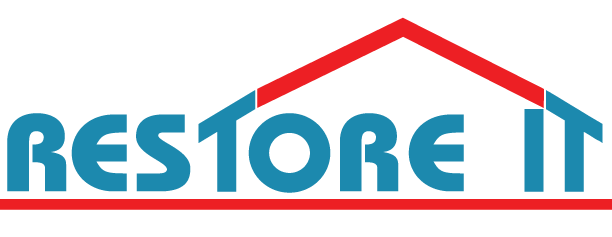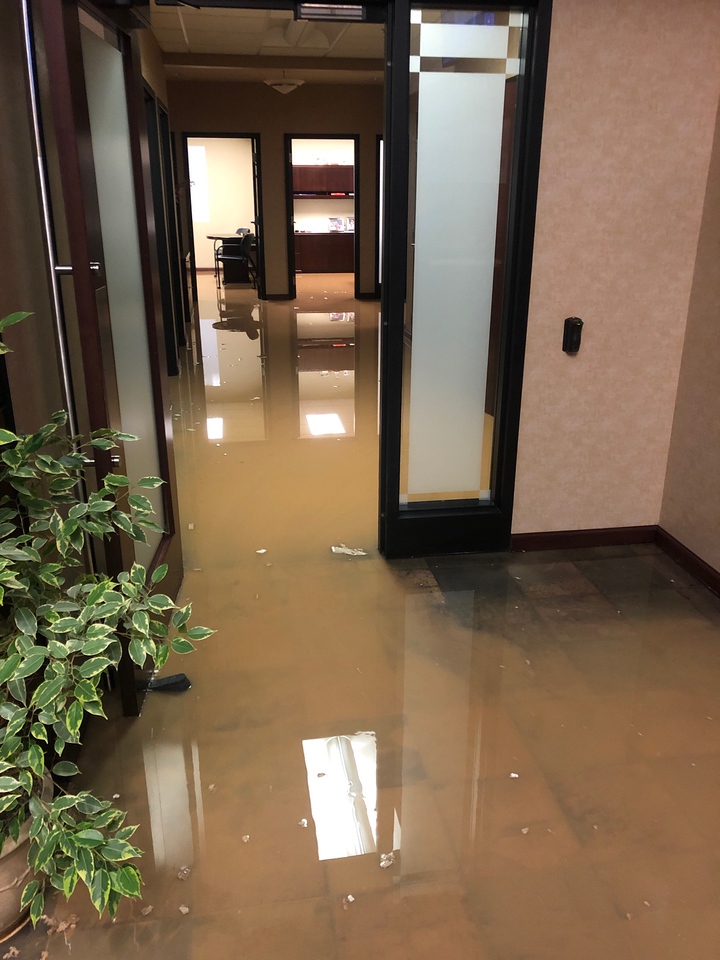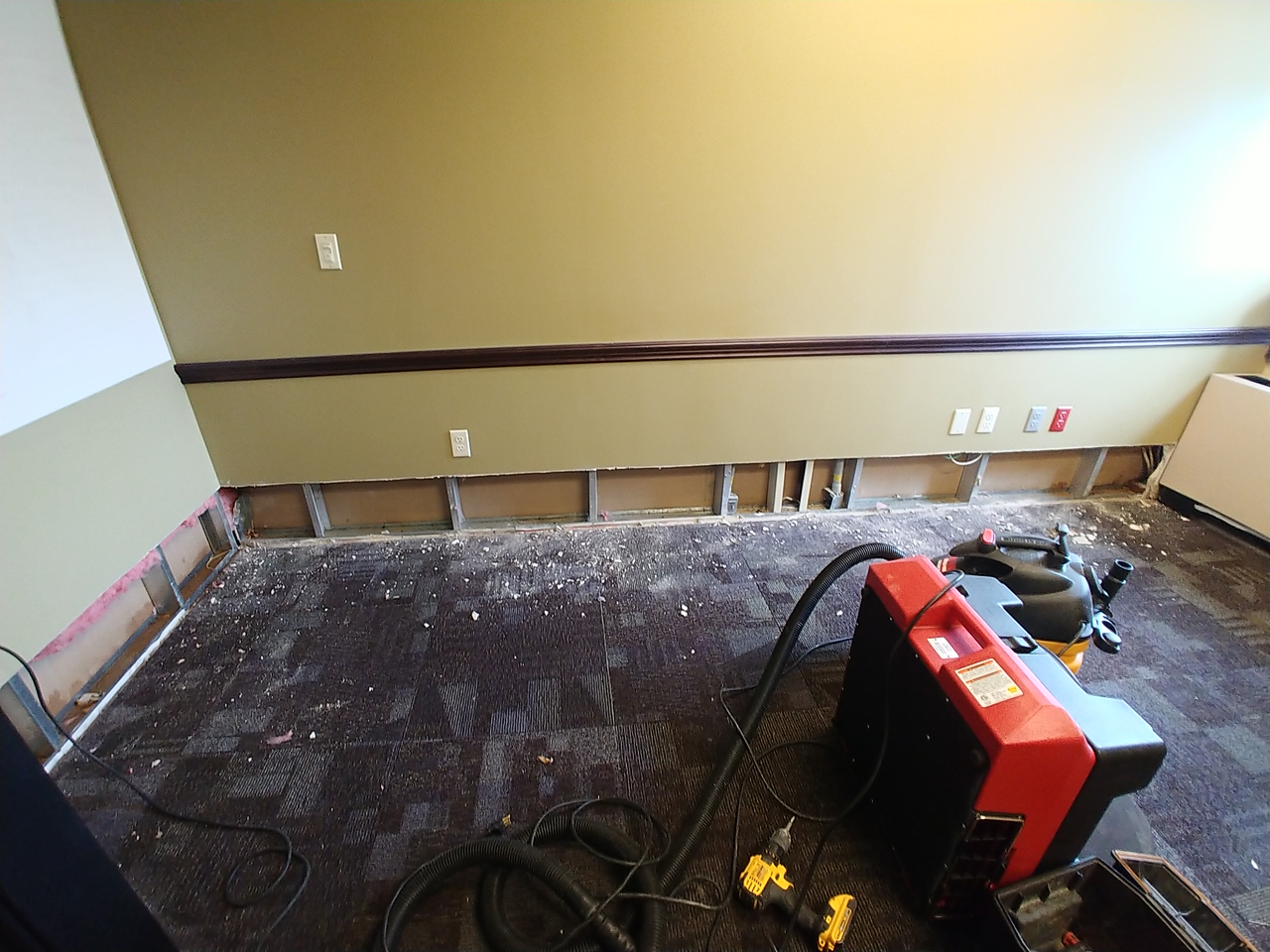Water damage can be costly. The first step is to turn off the water source to prevent additional damage.
Water damage in your home can come from a variety of sources. In the Pittsburgh region, we often think about sump pump failures and a flooded basement. Sewage cleanup and water damage from other sources can potentially be just as devastating. Broken pipes, leaking refrigerators/icemakers, frozen spigots, washing machine hoses, sewage backups, roof leaks and ice dams can all cause significant damage to the inside of your home.
Things a homeowner should do to minimize the chance for major water damage :
- Remove as much excess water as possible by mopping and blotting.
- Wipe water from wood furniture after removal of lamps and tabletop items.
- Remove and prop up wet upholstery cushions for even drying (check for possible bleeding)
- Place aluminum foil, china saucers or wood blocks between furniture legs and wet carpeting.
- Turn on air conditioning for maximum drying in summer; open windows to speed drying in winter.
- Open drawers and cabinet doors for complete drying (do not force, however).
- Remove valuable oil paintings and art objects to a safe place.
- Blot wet carpeting with clean white towels.
- Open suitcases and luggage to dry, in sunlight if possible.
- Punch small holes in sagging ceilings to relieve trapped water (don’t forget to place pans beneath!)
What a homeowner should NOT do AFTER you have a water damage event:
- Leave wet fabrics in place; dry as soon as possible. Hang furs and leather goods to dry separately at room temperature.
- Leave books, magazines or other colored items on wet carpets or floors.
- Use your household vacuum to remove water.
- Use TVs or other appliances while standing on wet carpet or floors, especially not on wet concrete floors.
- Turn on ceiling fixtures if ceiling is wet, and keep out of rooms where ceilings are sagging from retained water.
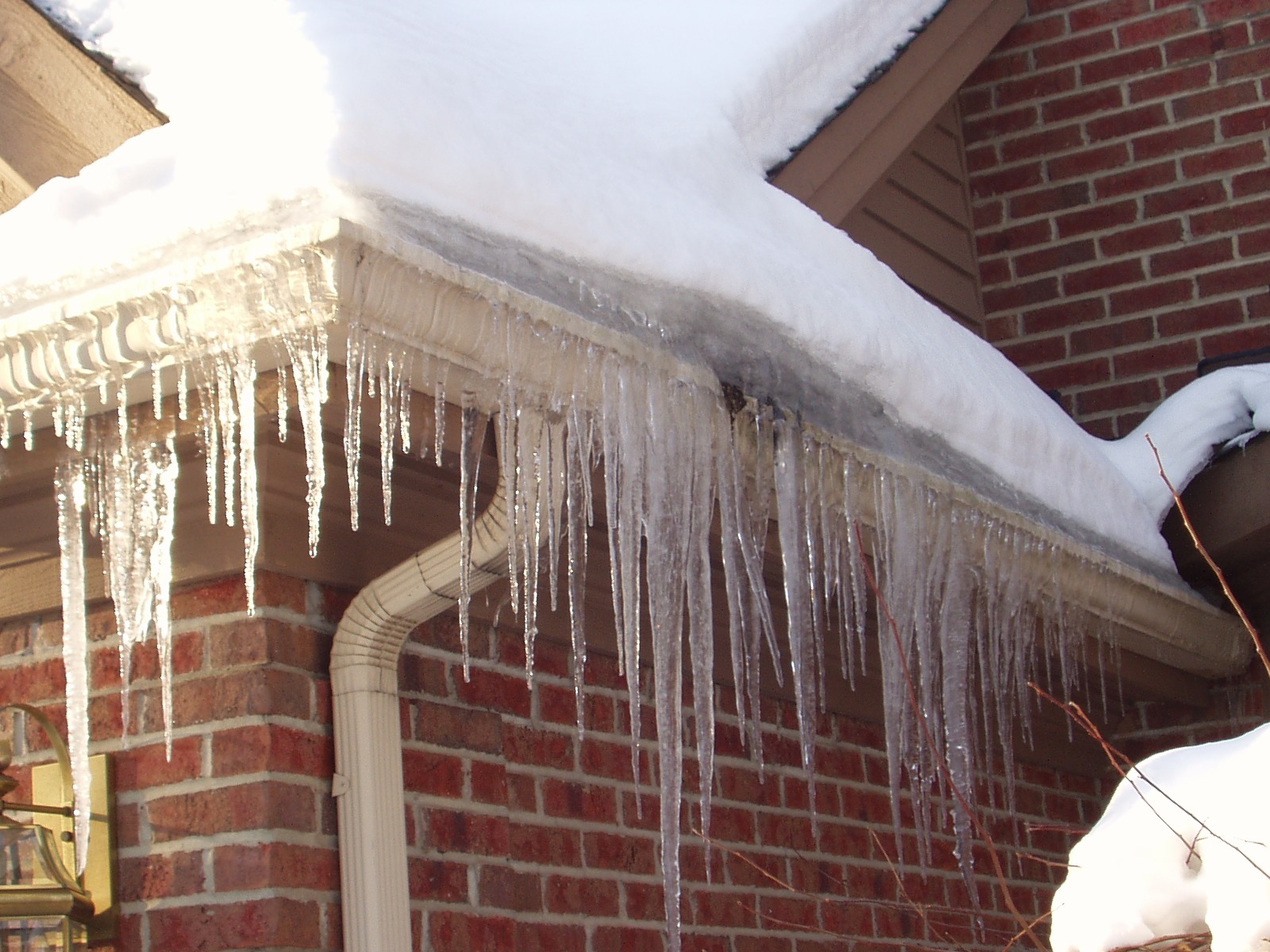
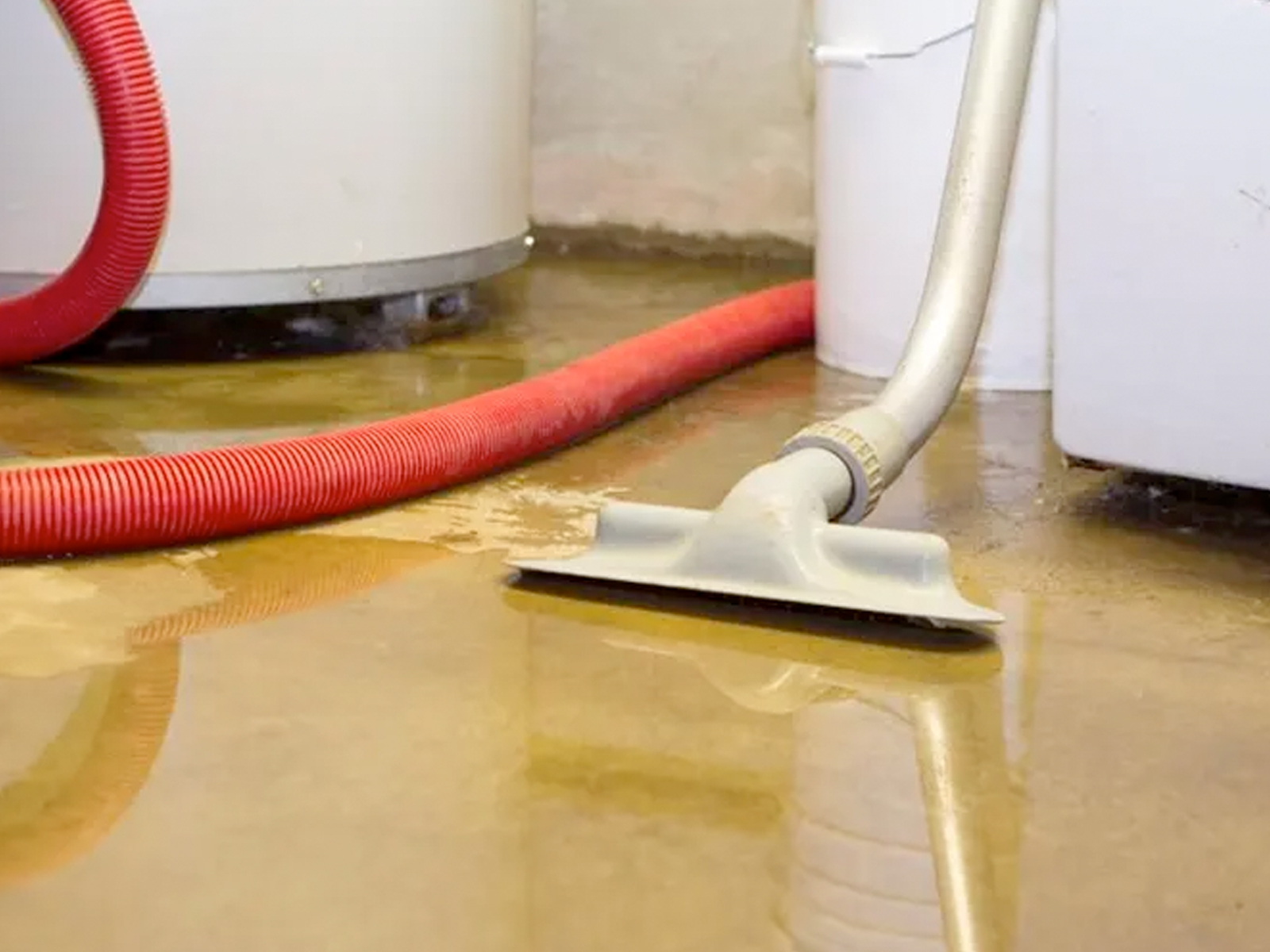
INSURANCE SPECIALISTS IN WATER DAMAGE CLEANING AND RESTORATION
- Fire Damage
- De-flooding Sewer backup
- Mold and mildew prevention
- Mold remediation
- Total reconstruction
- Basement Cleanup
- Powerful extraction
- Advanced drying techniques
- Dehumidifying
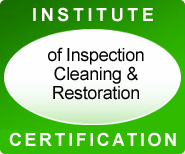
Institute of Inspection, Cleaning and Restoration Certification
The IICRC was formed in 1972 to serve as an independent, non-profit certification body, to set and promote high standards and ethics; and to advance communication and technical proficiency within the inspection, cleaning and restoration service industry.
RESTORE USES THESE TECHNIQUES AND PROCEDURES:
- Water extraction: Truck mounted machine to quickly and thoroughly extract water even down to the sub-floor in preparation for the final drying process.
- Air Movers: Designed for high flow air, directed where it is needed, under flooring, into wall cavities and under carpets.
- Air Scrubbers: A portable, high-speed recirculating fan equipped with a series of filters, including a HEPA filter.
- Dehumidifiers: Residential brands will remove 10 to 50 pints of water while Restore It’s commercial units can remove up to 152 pints per 24 hour period.
